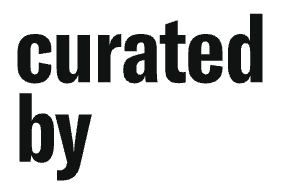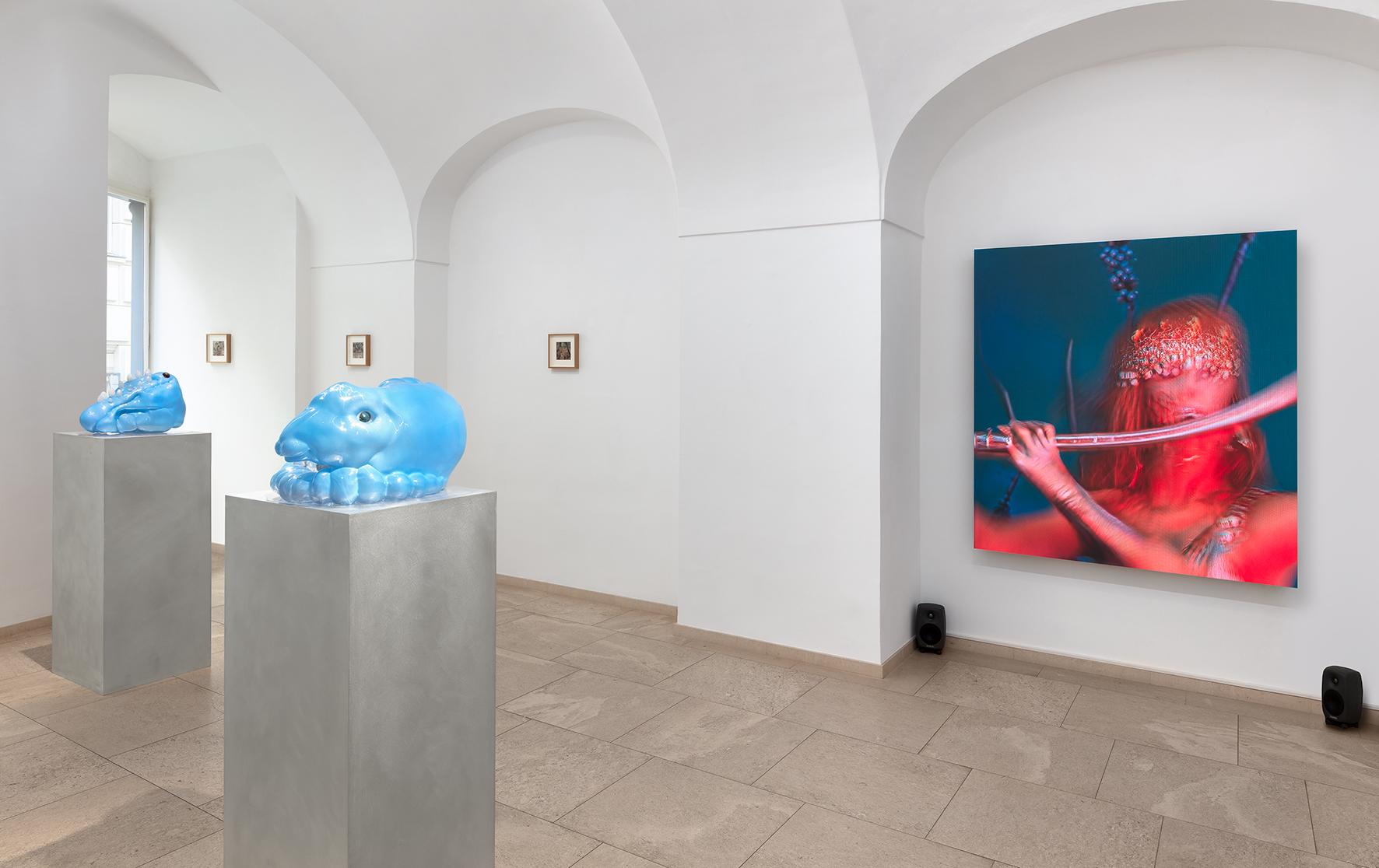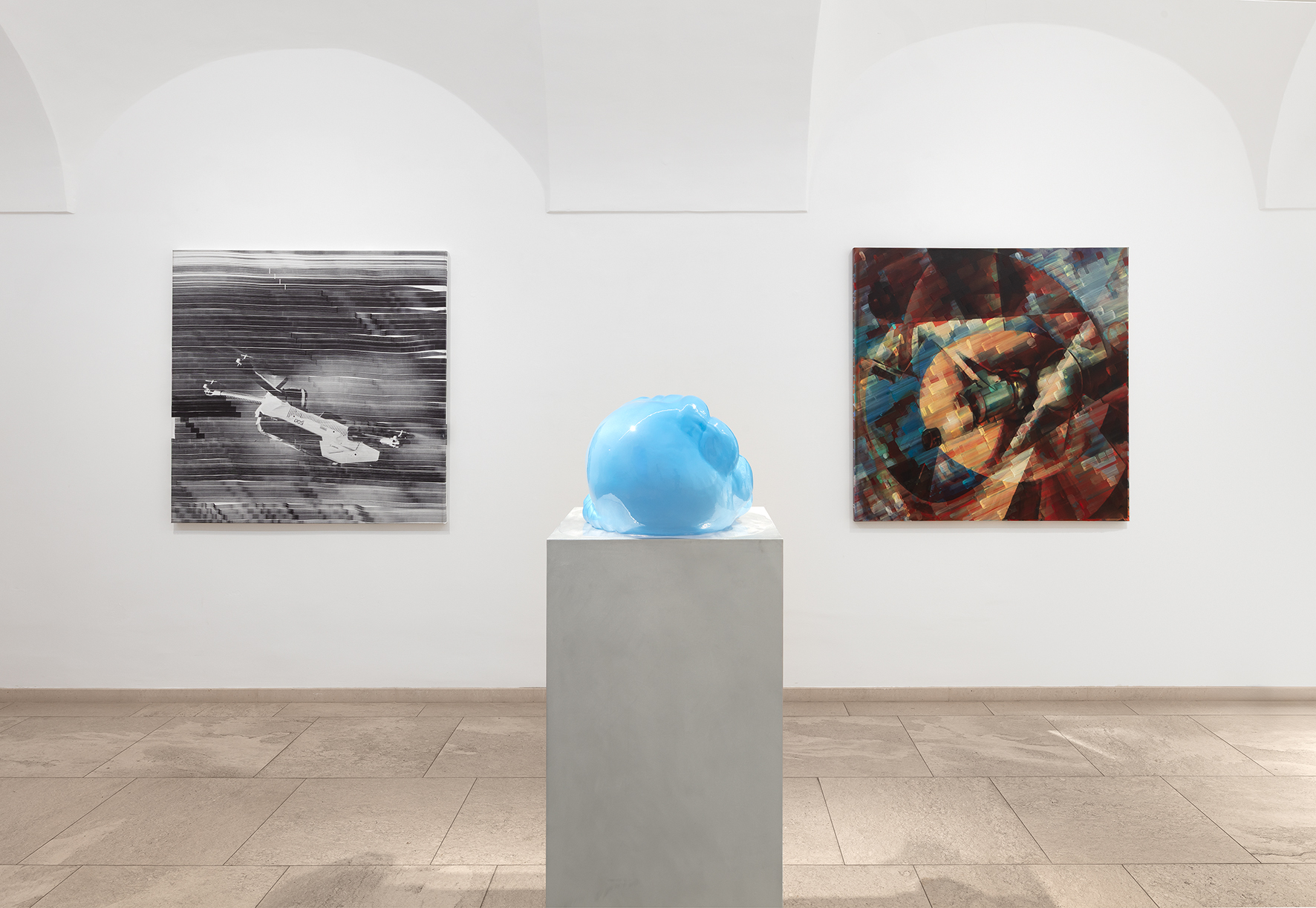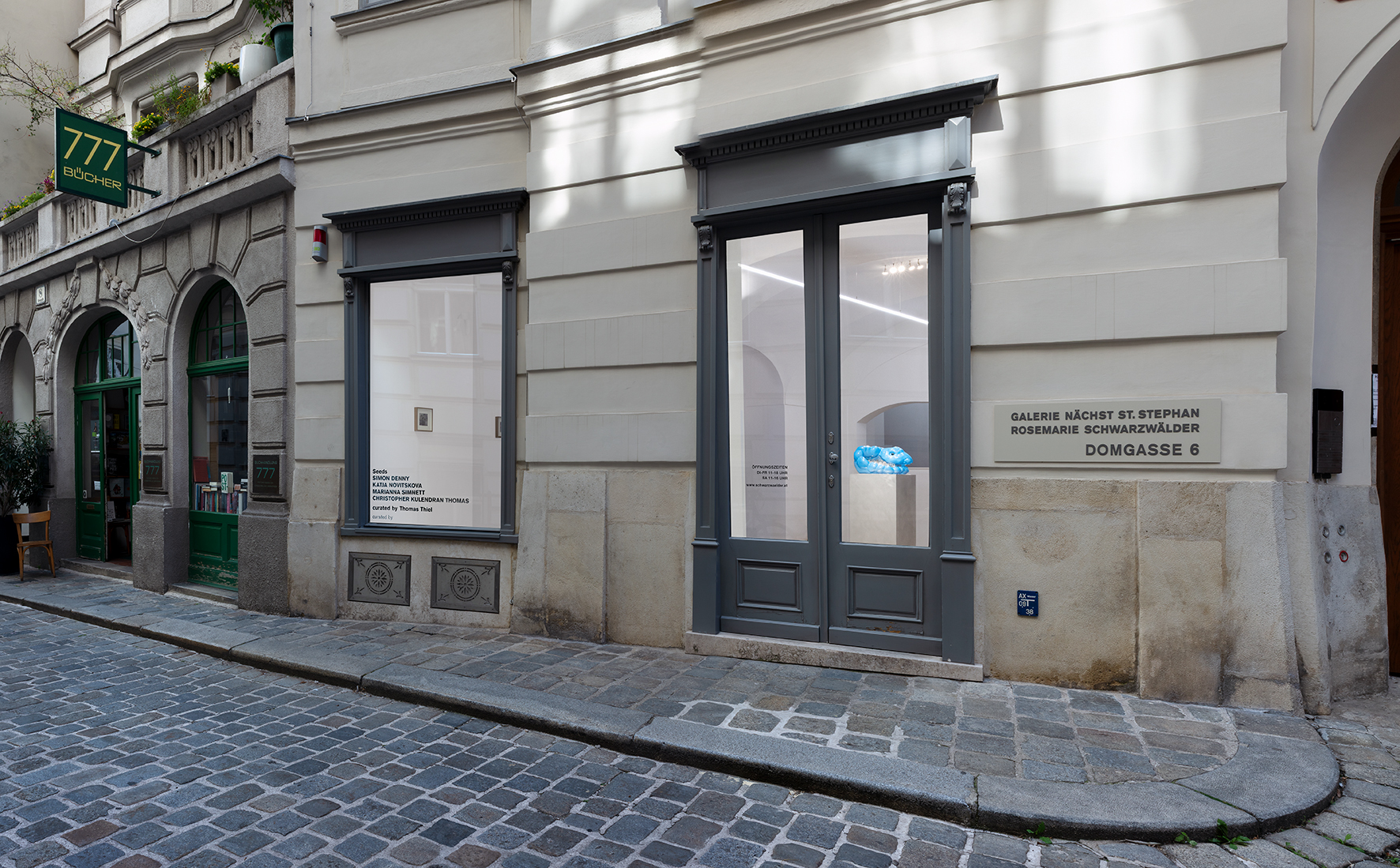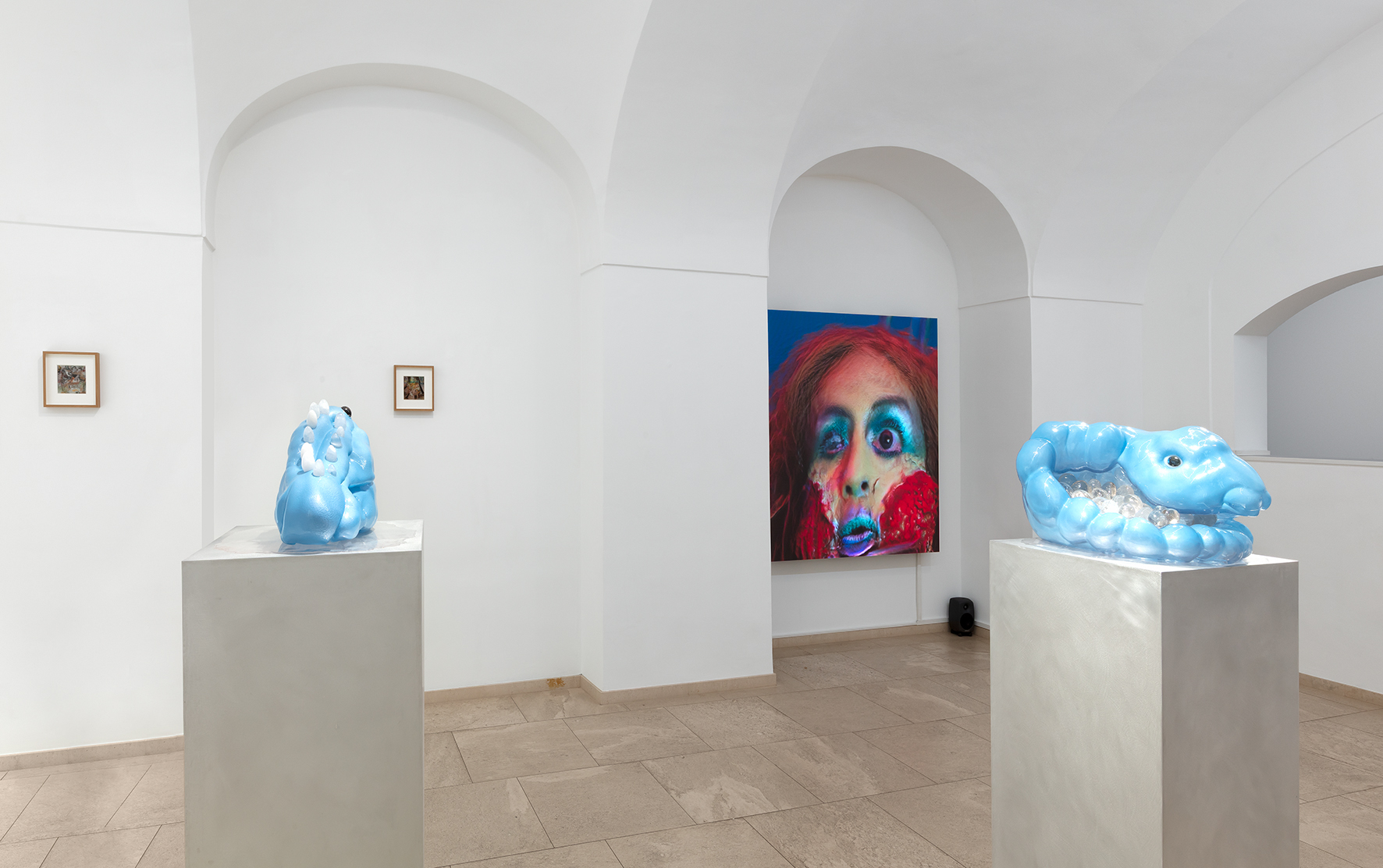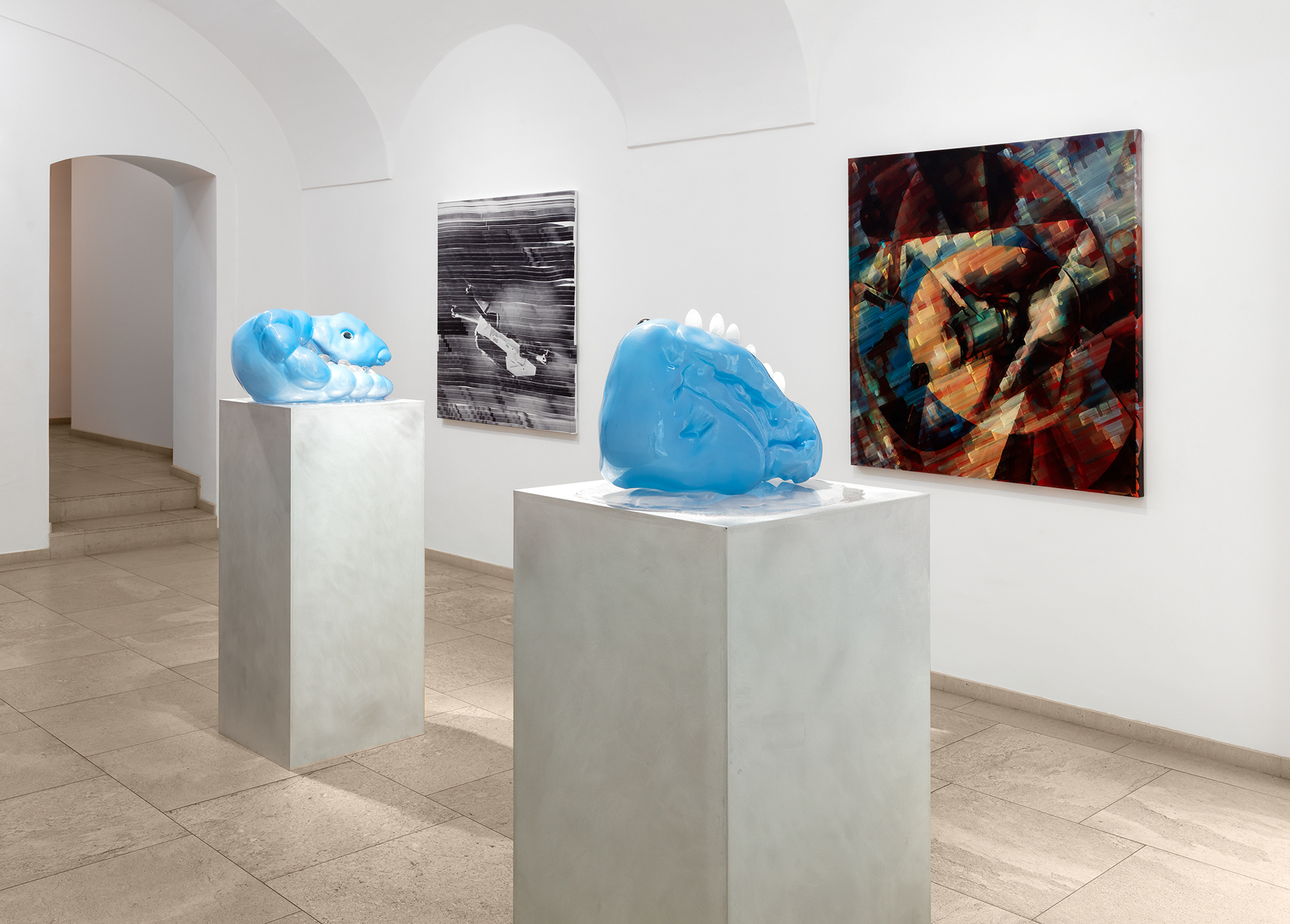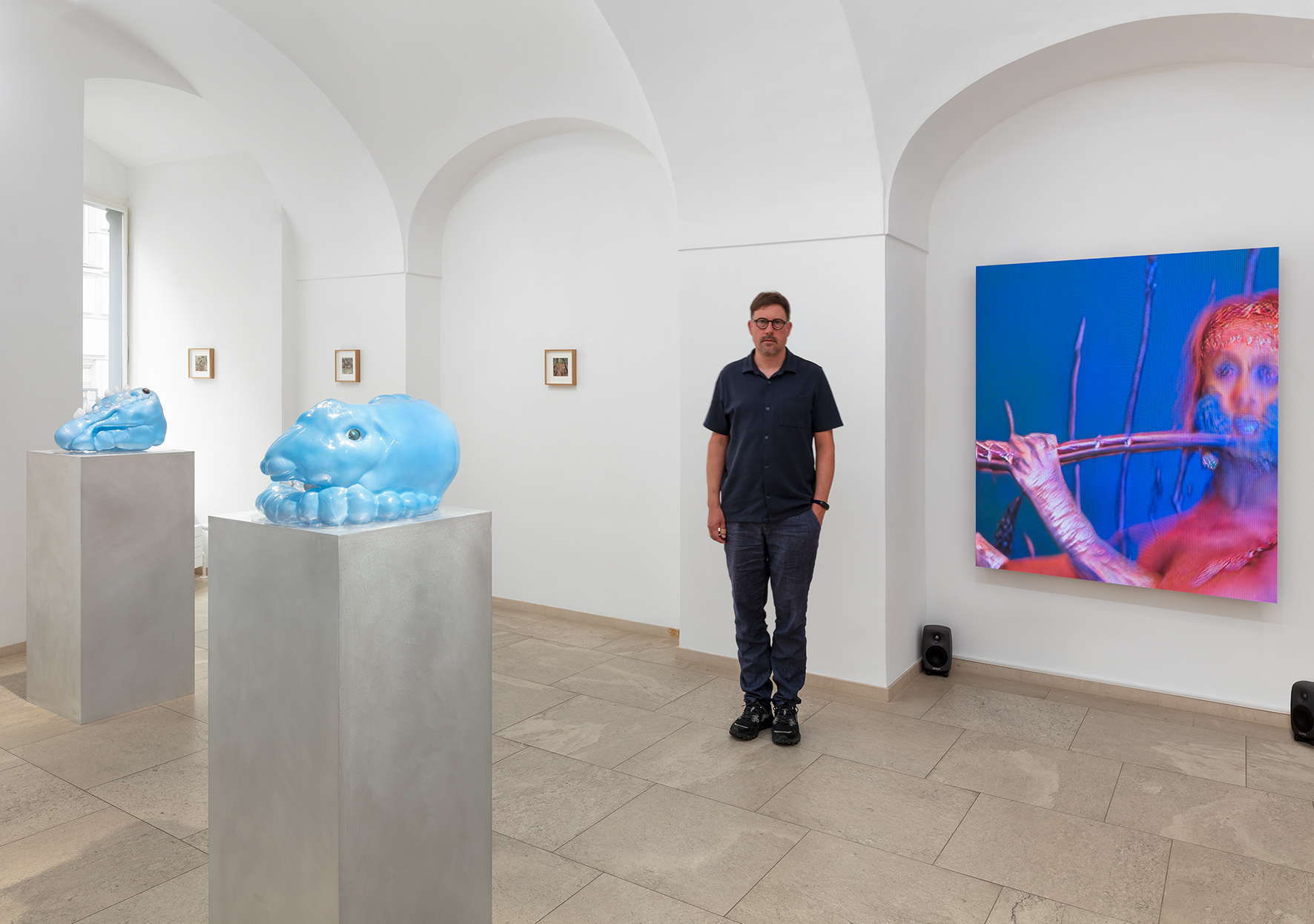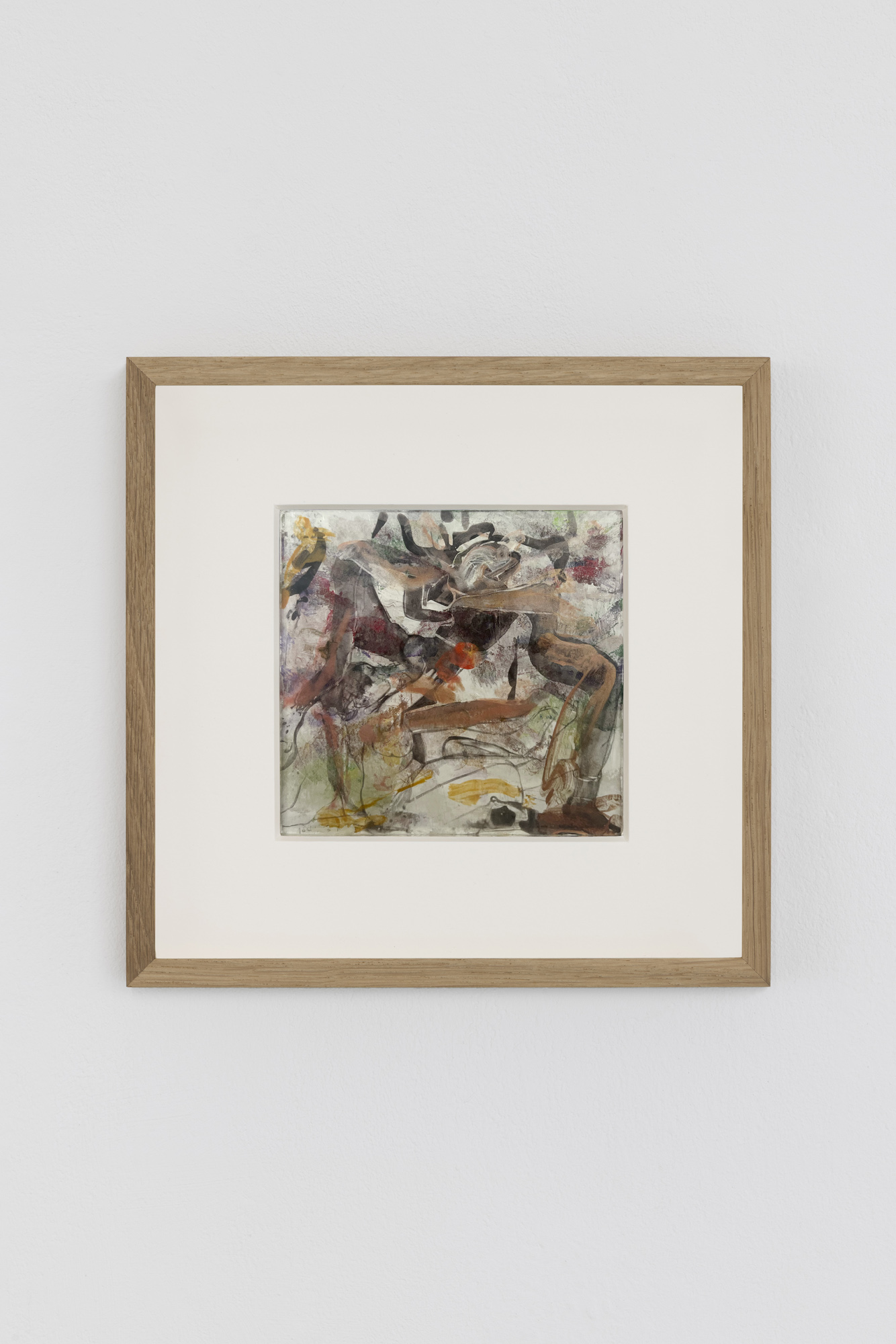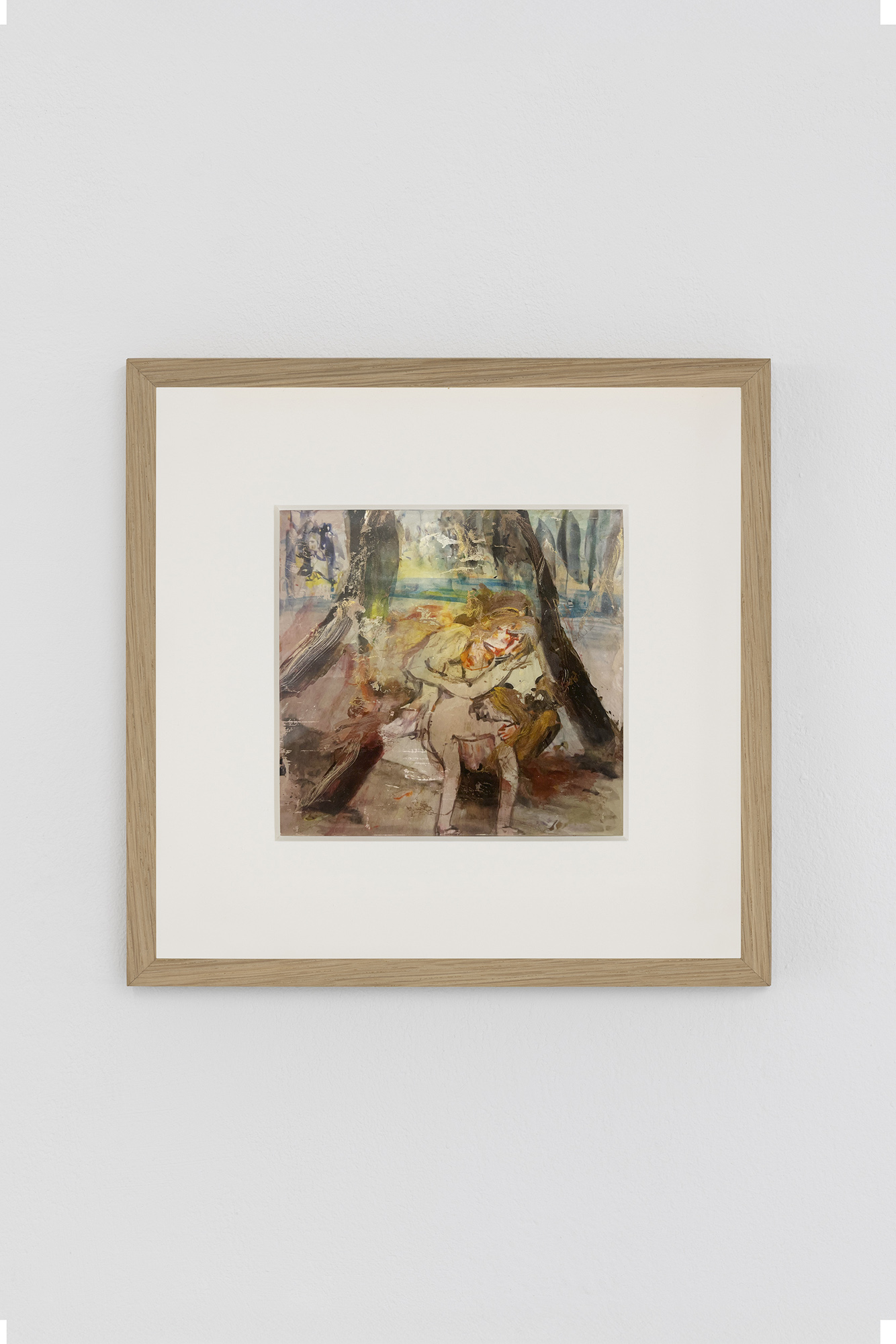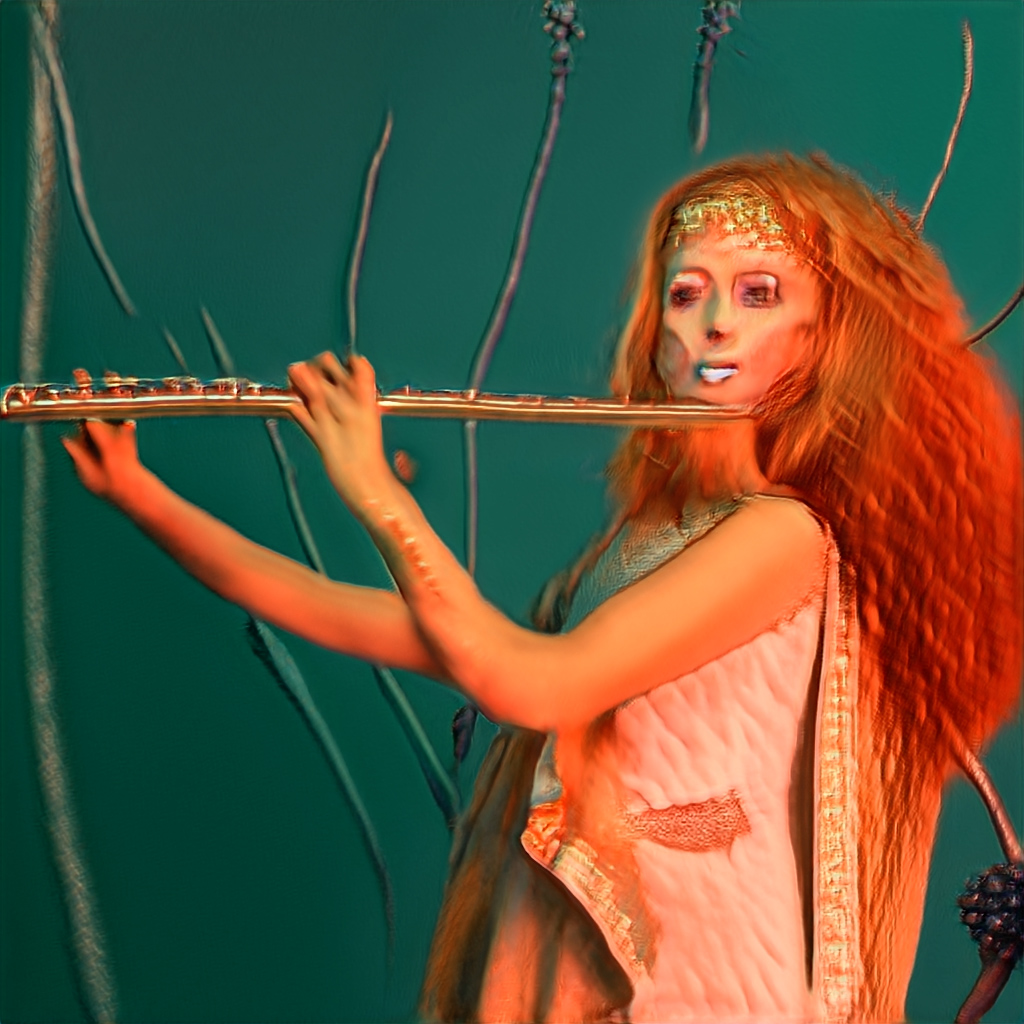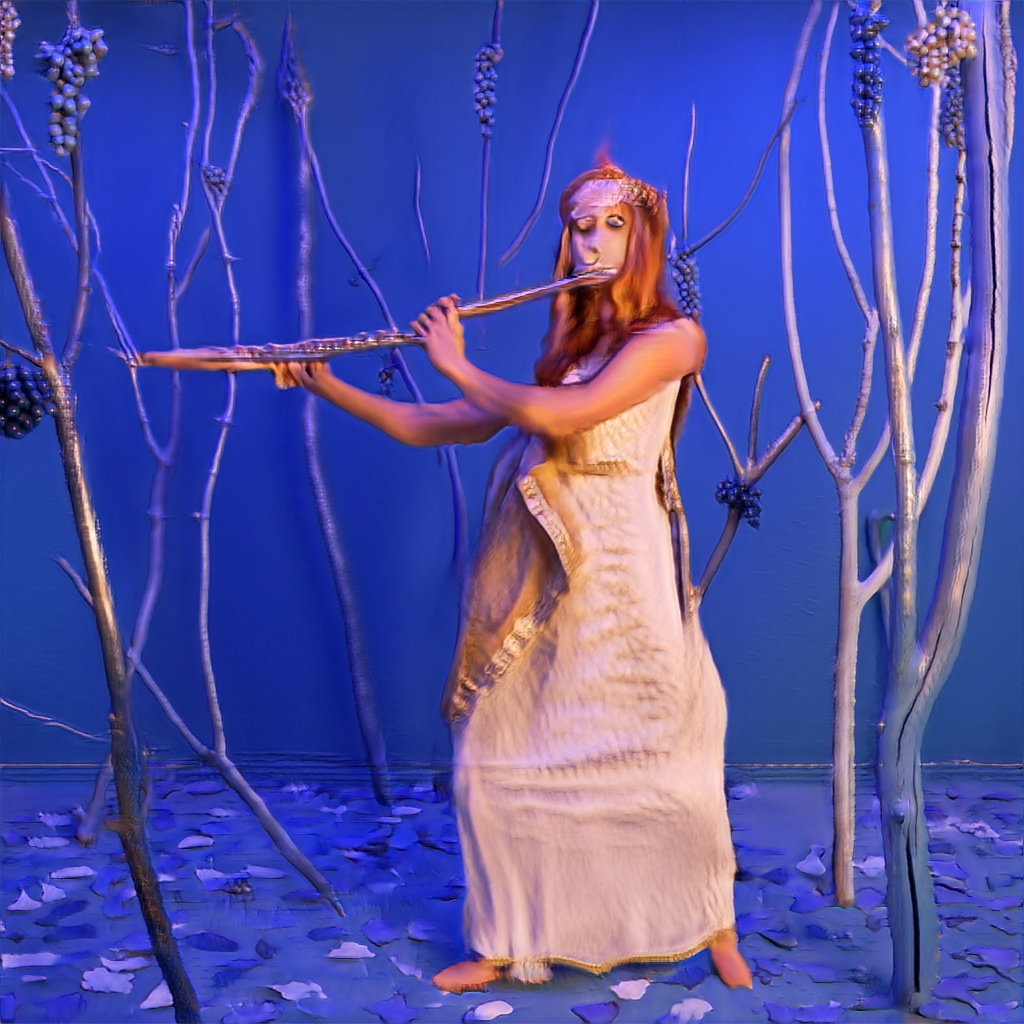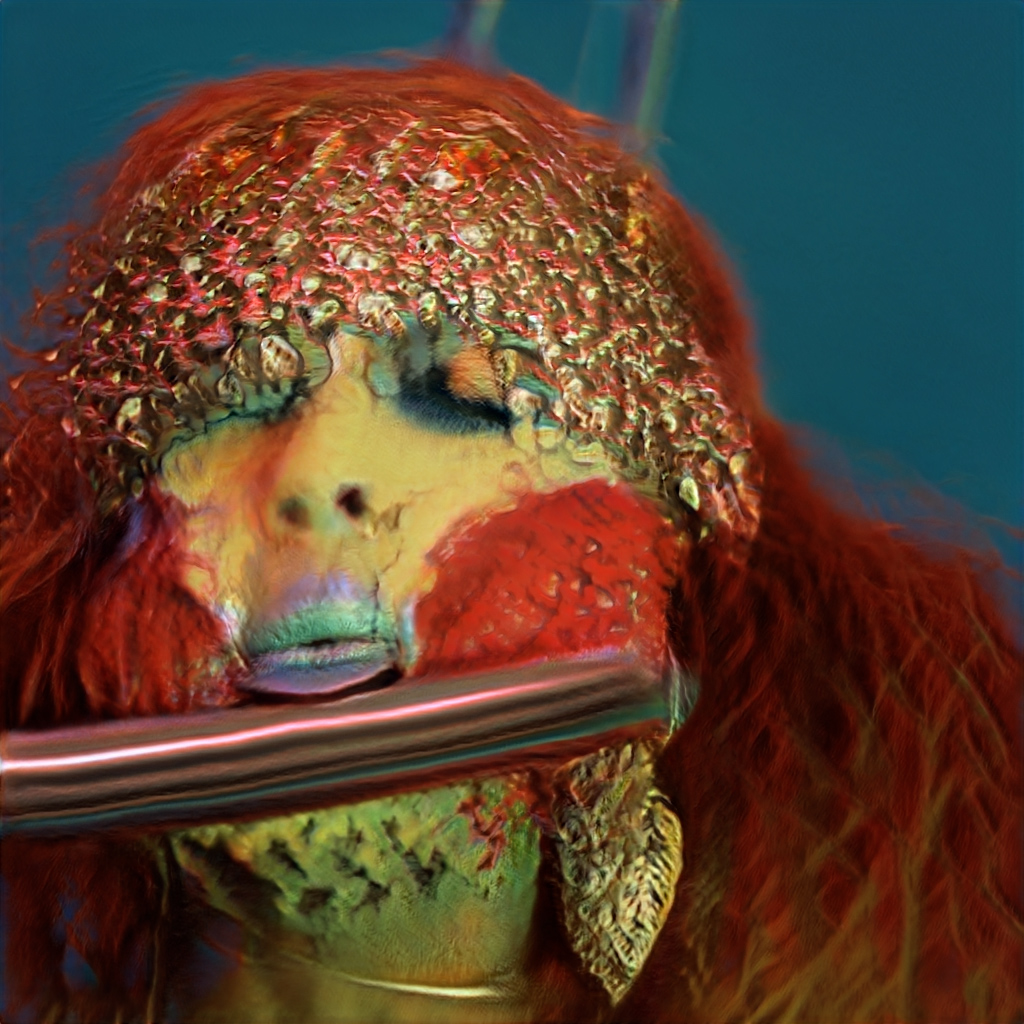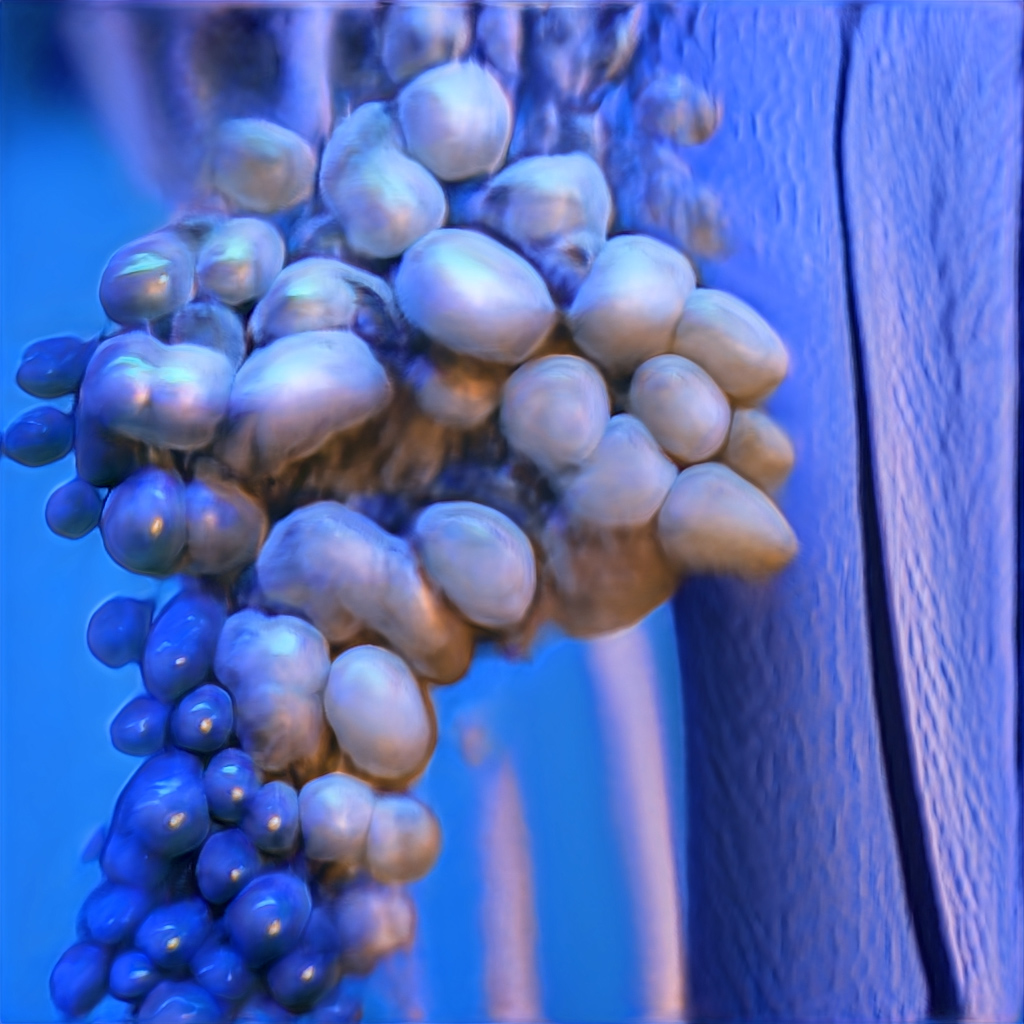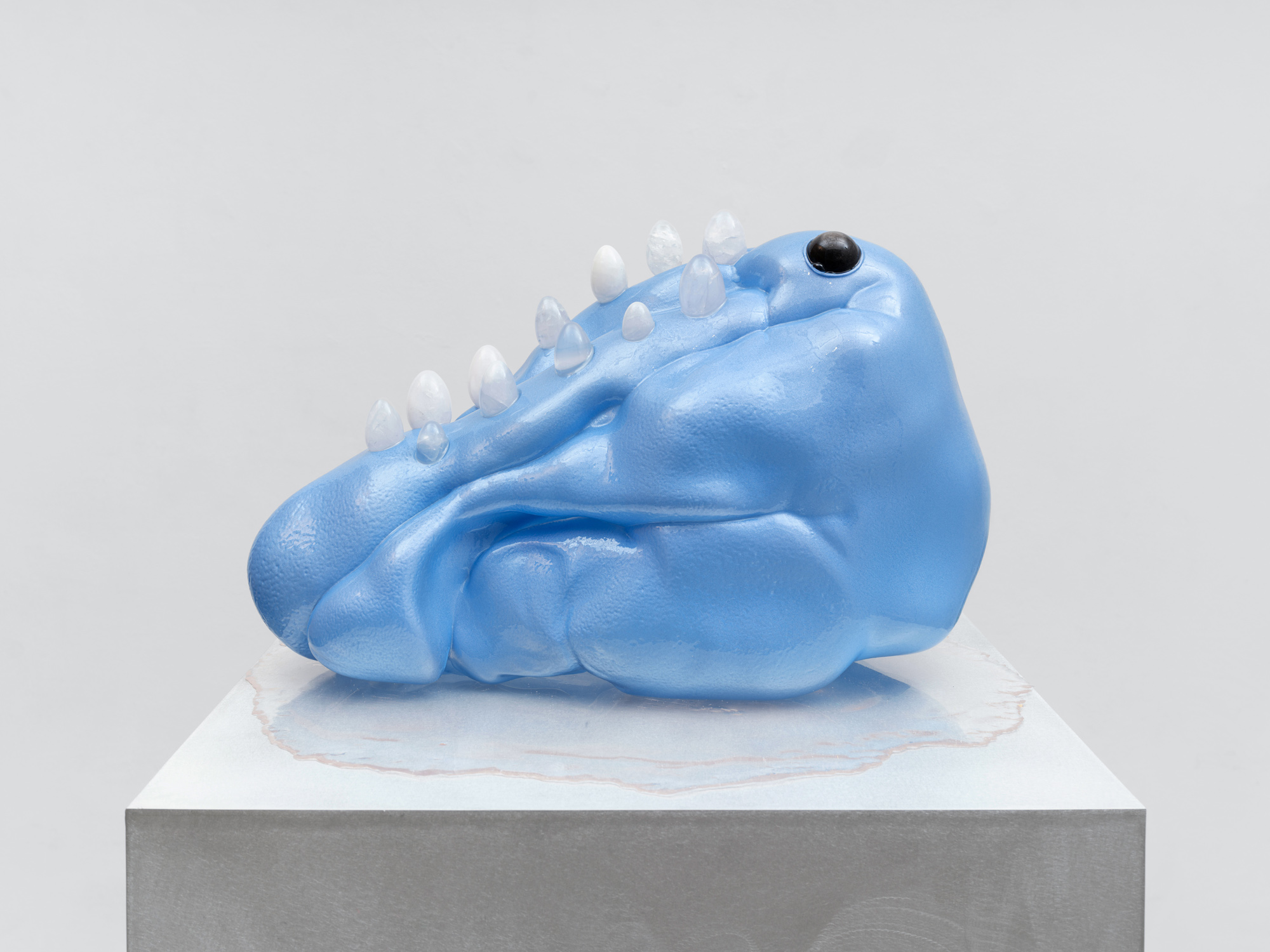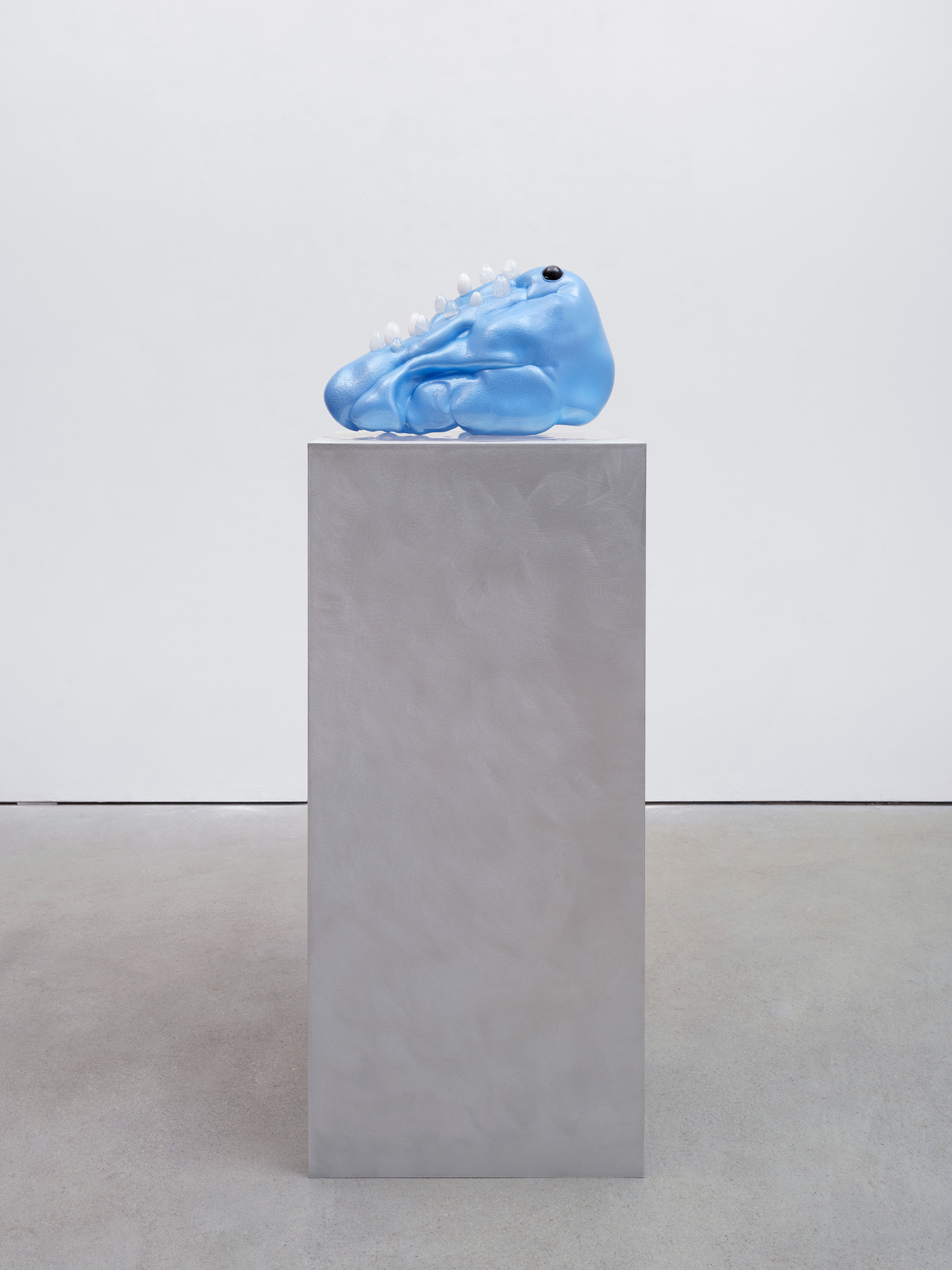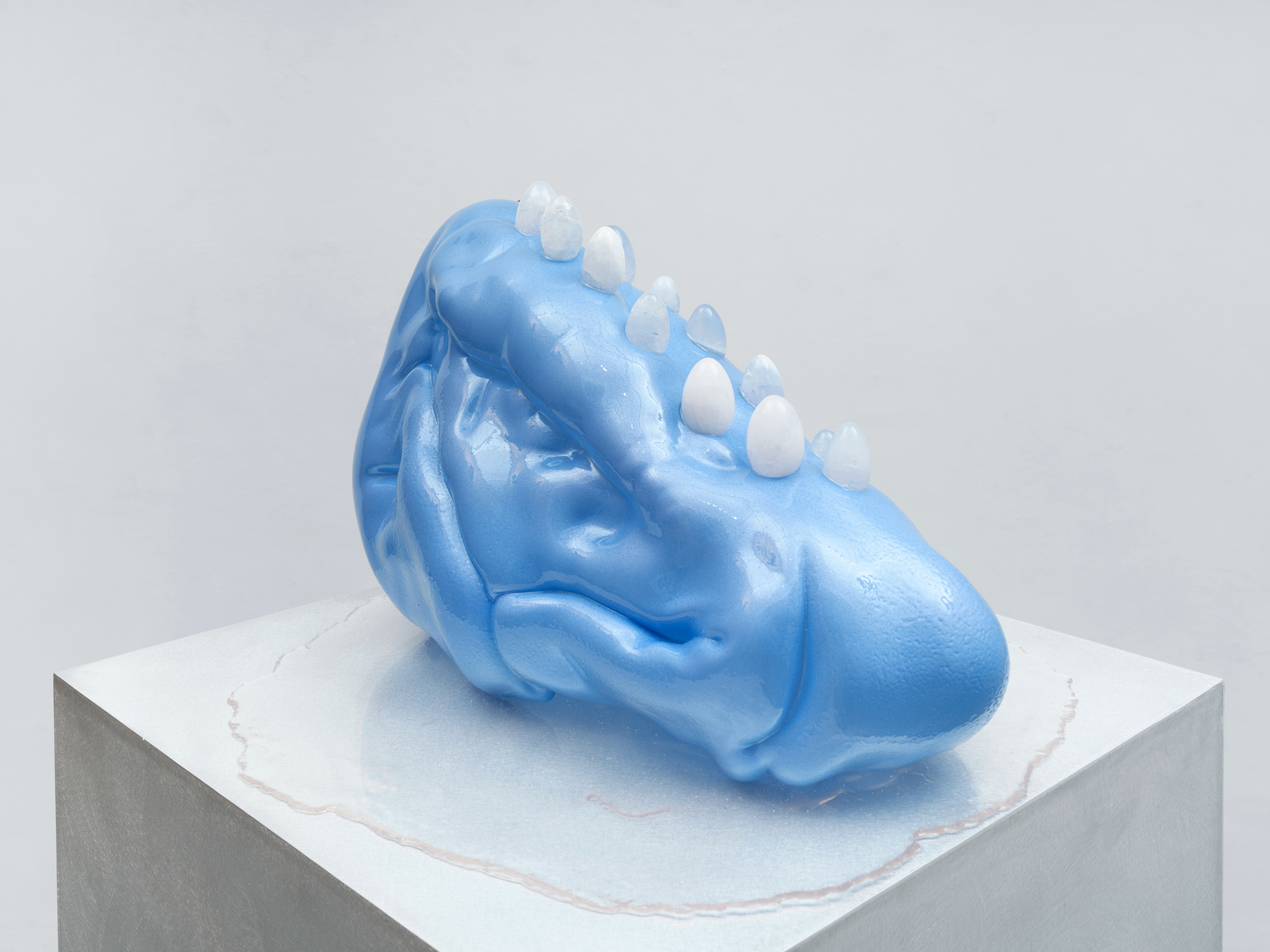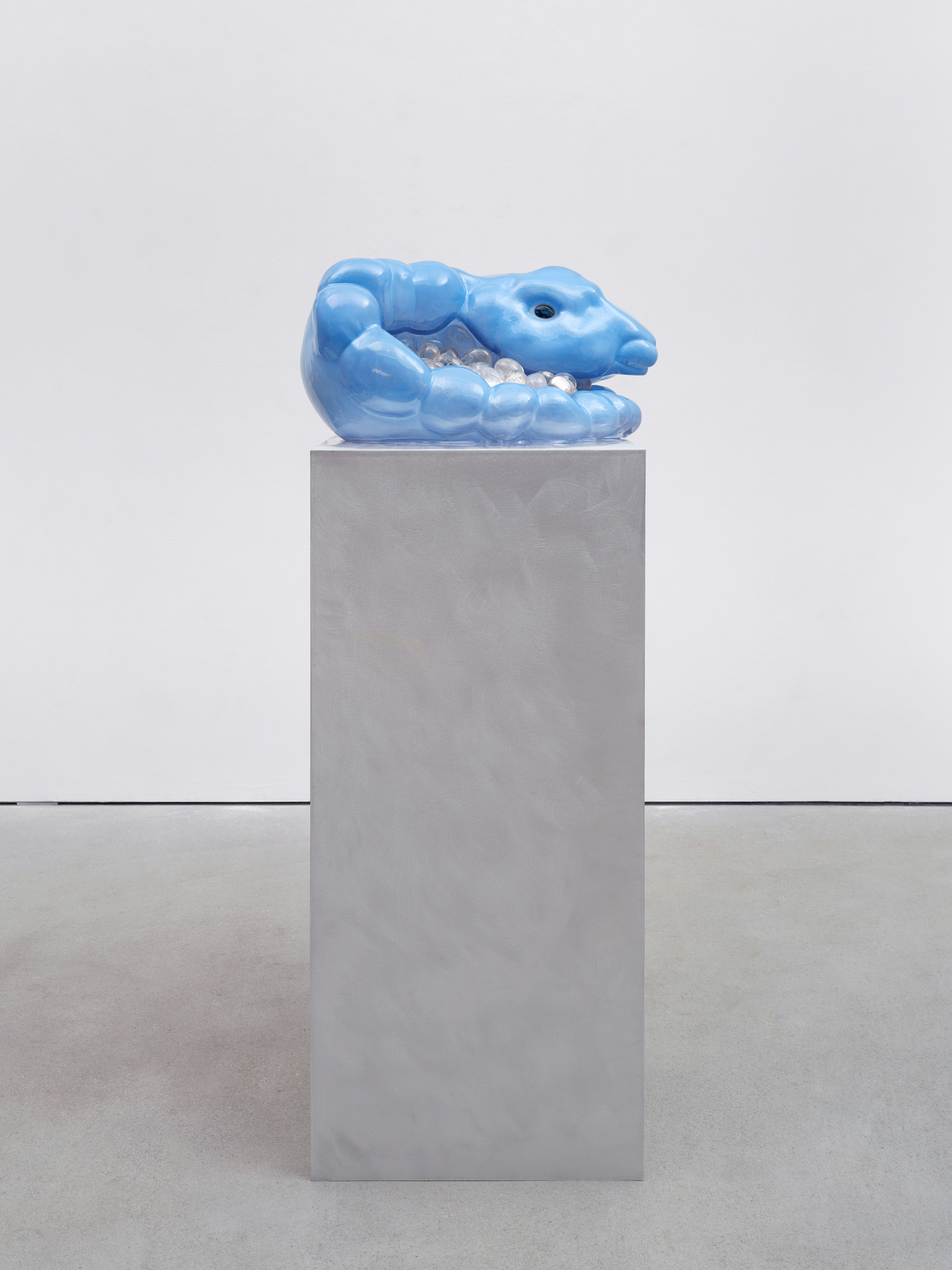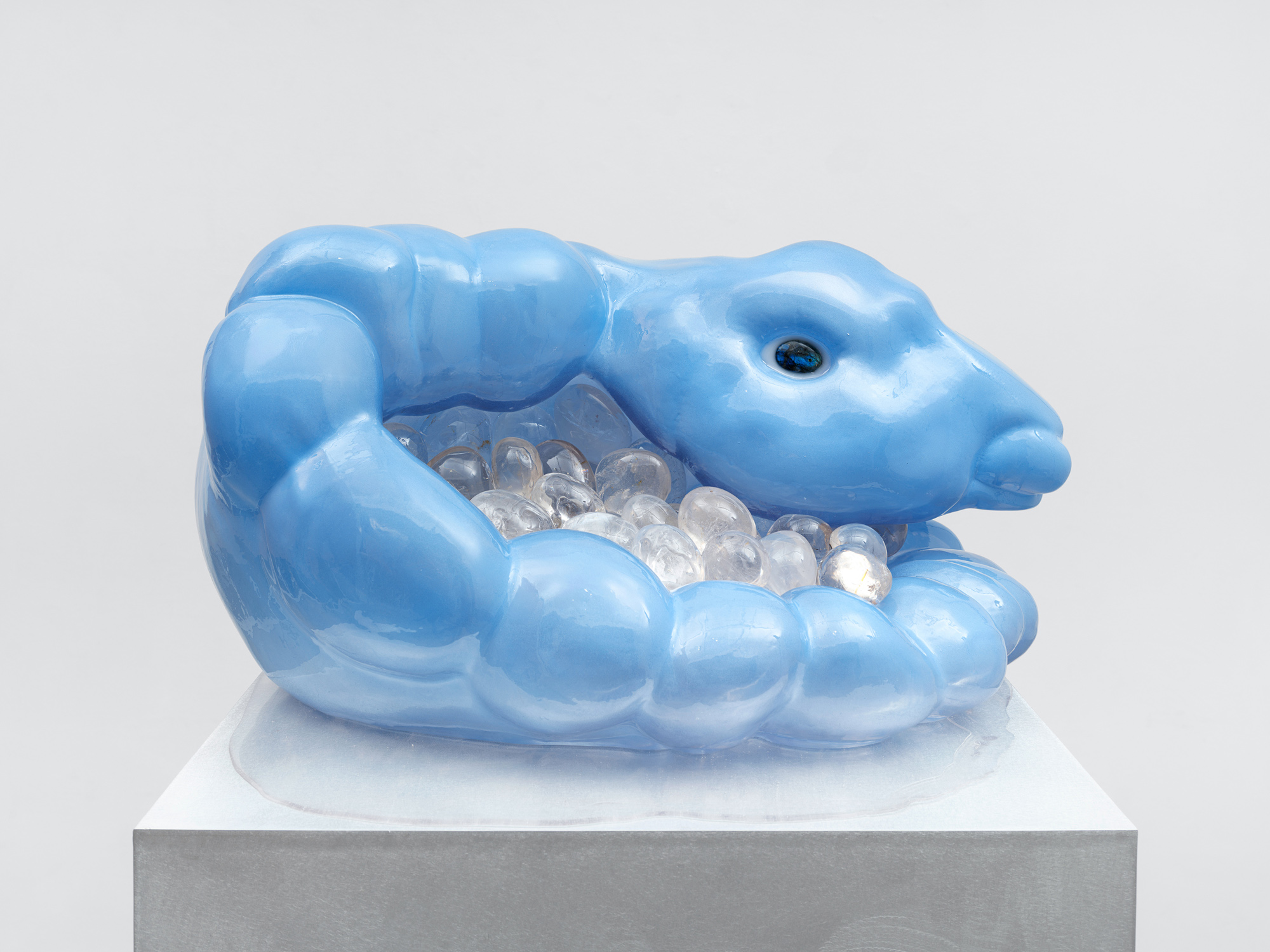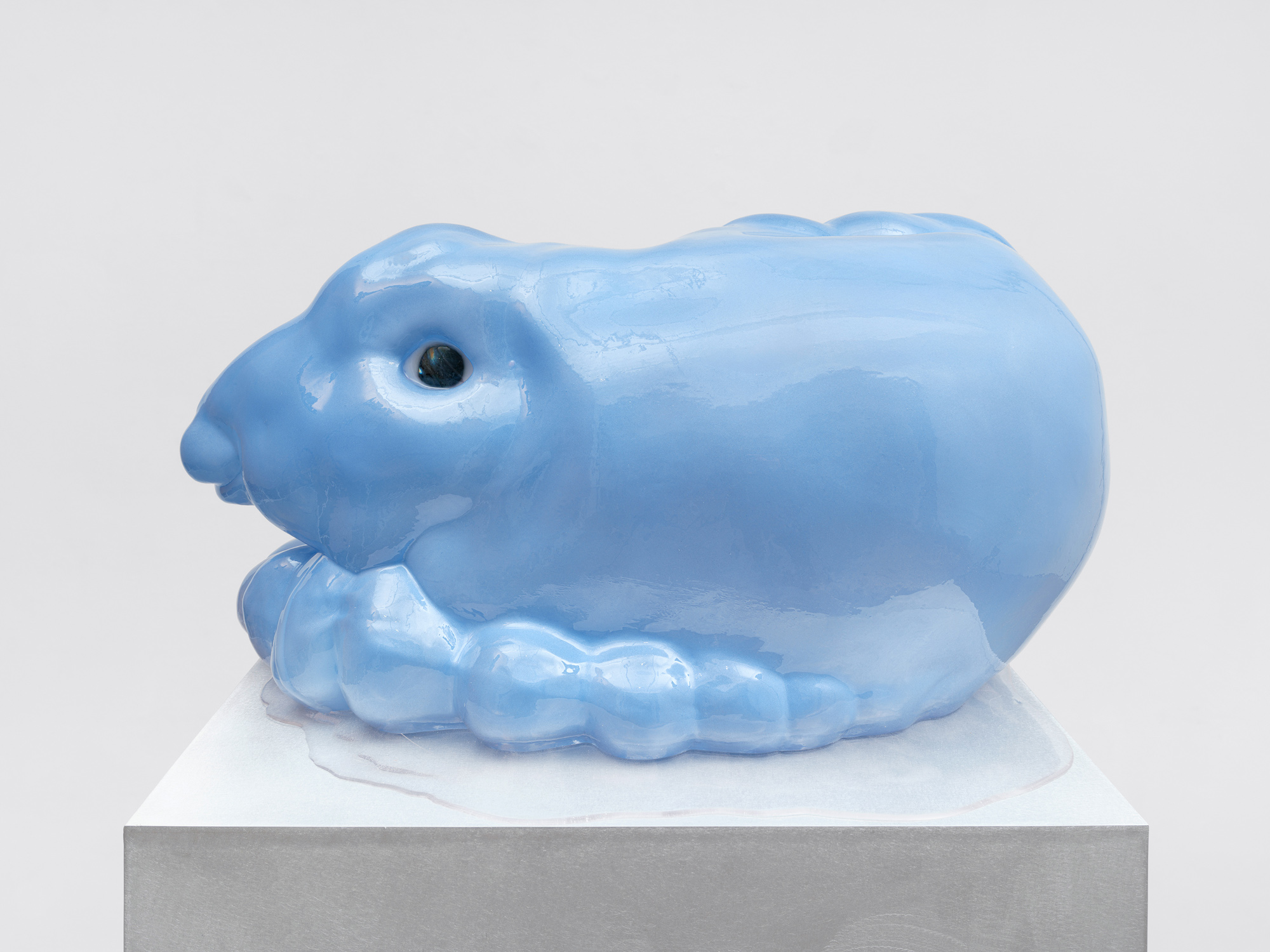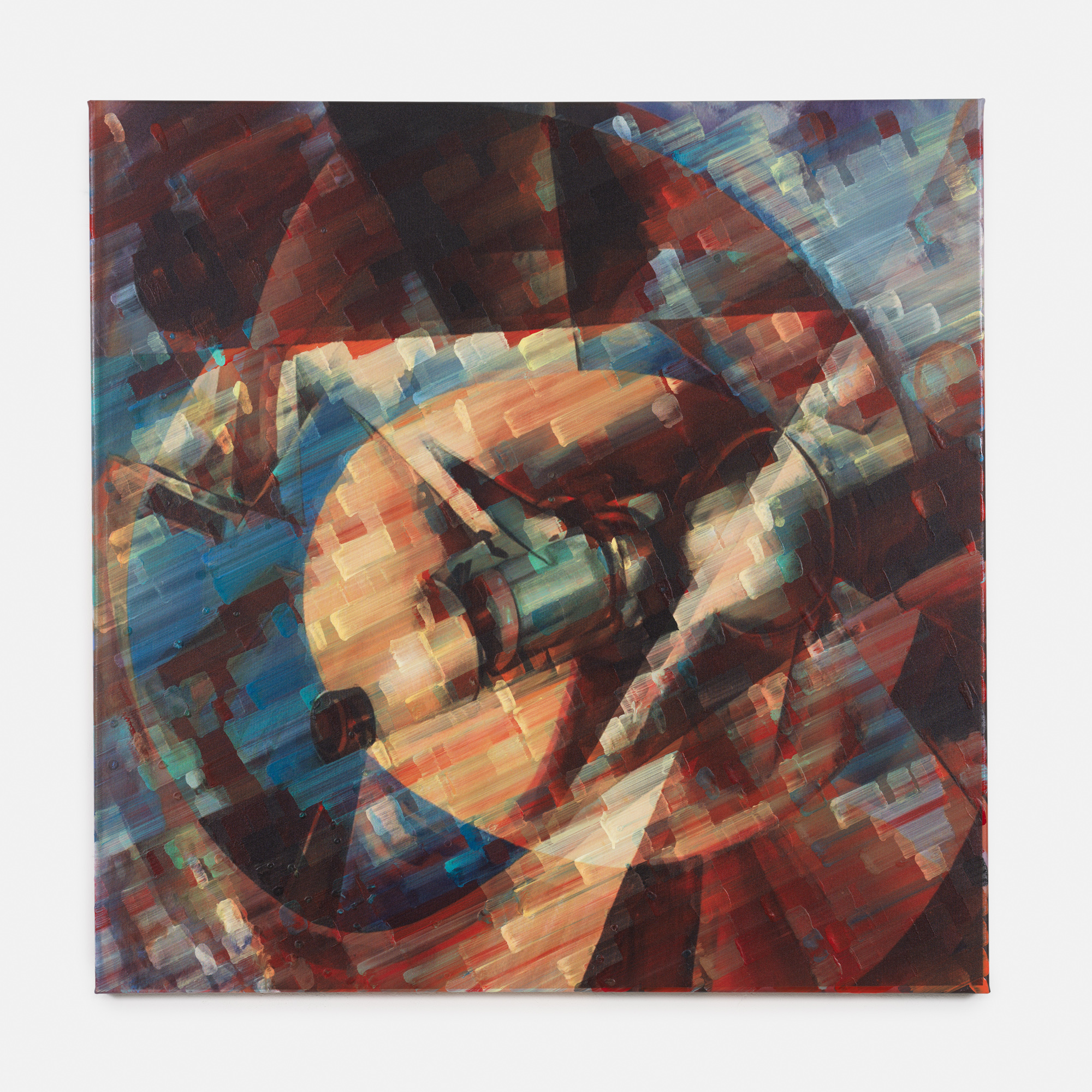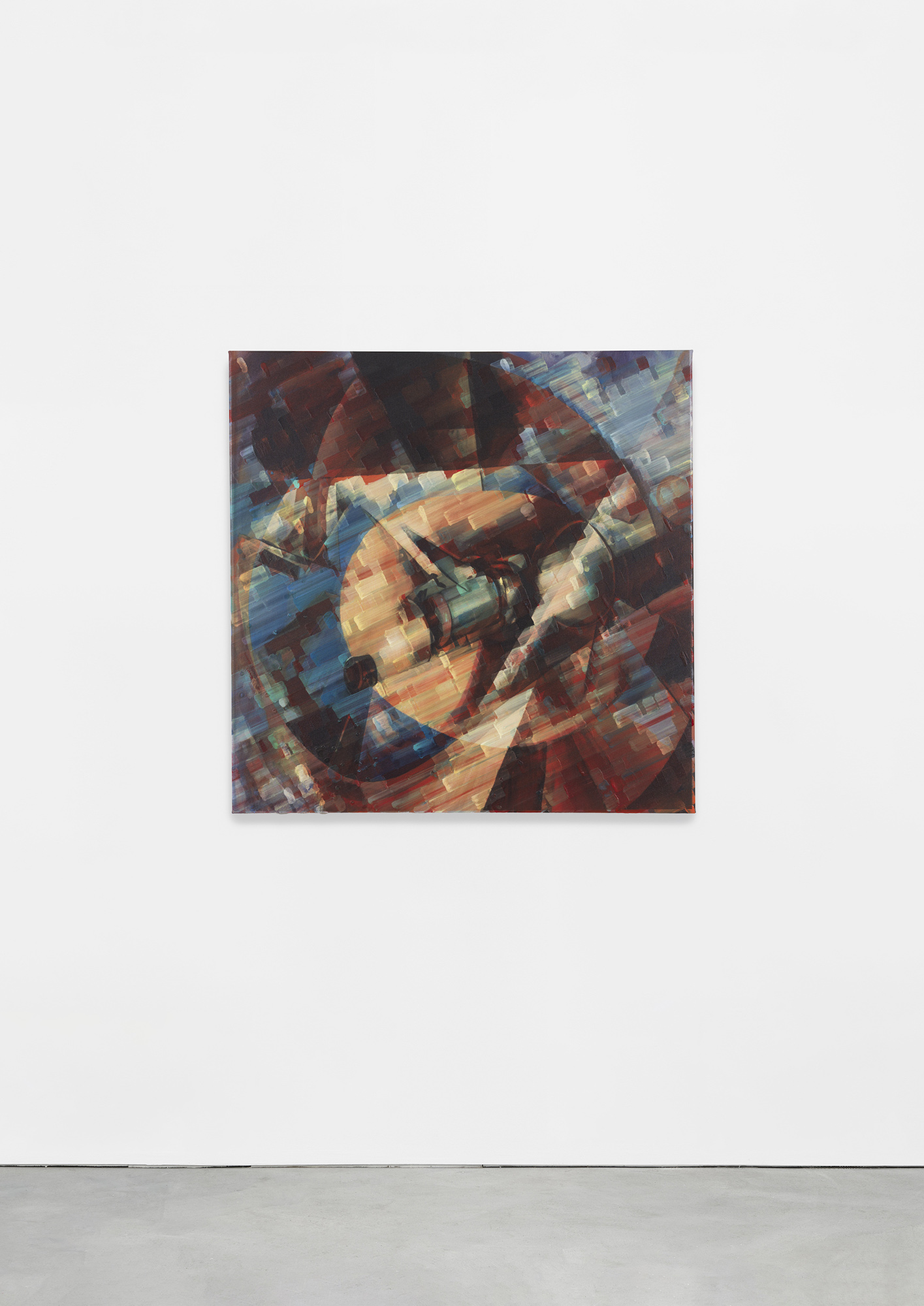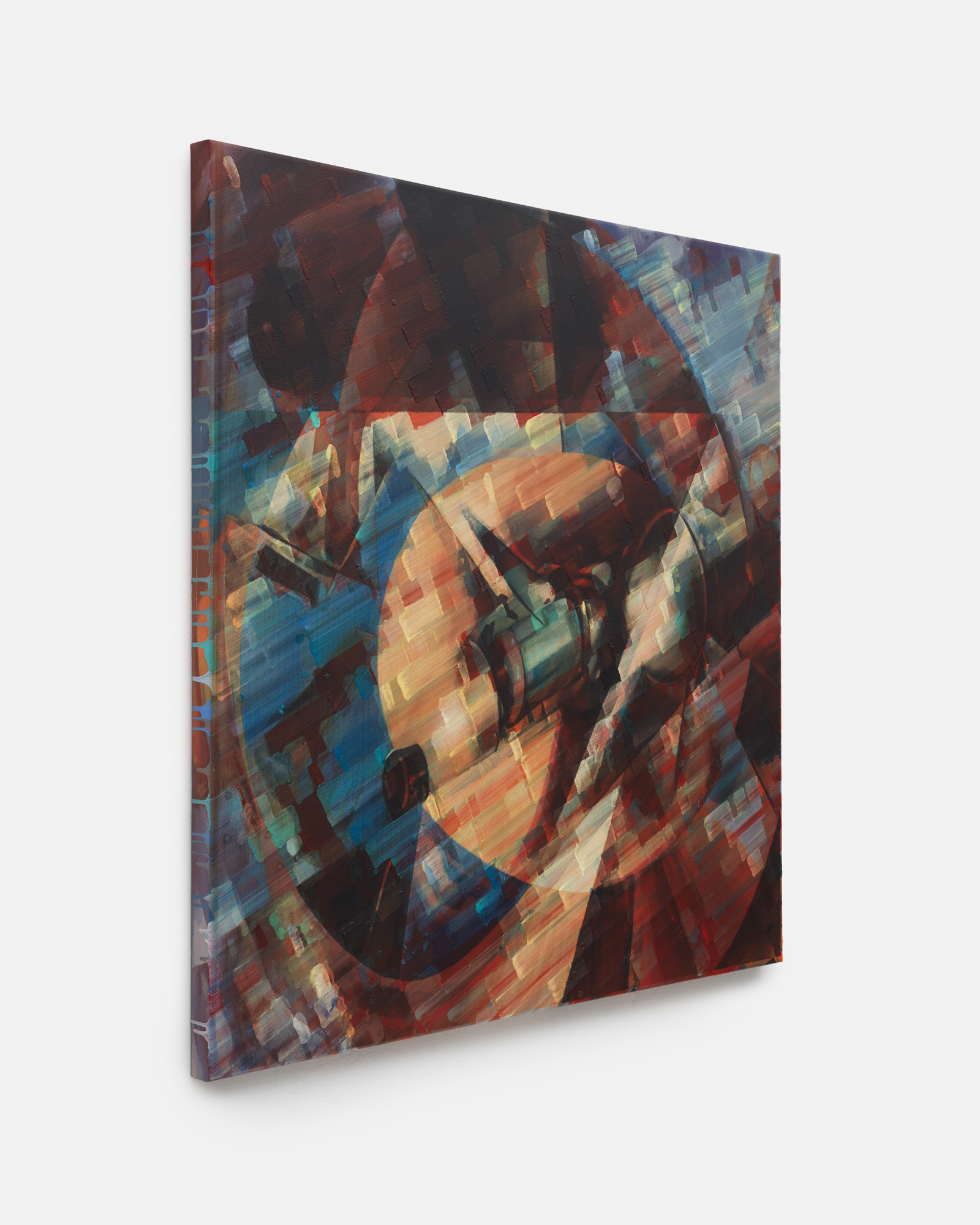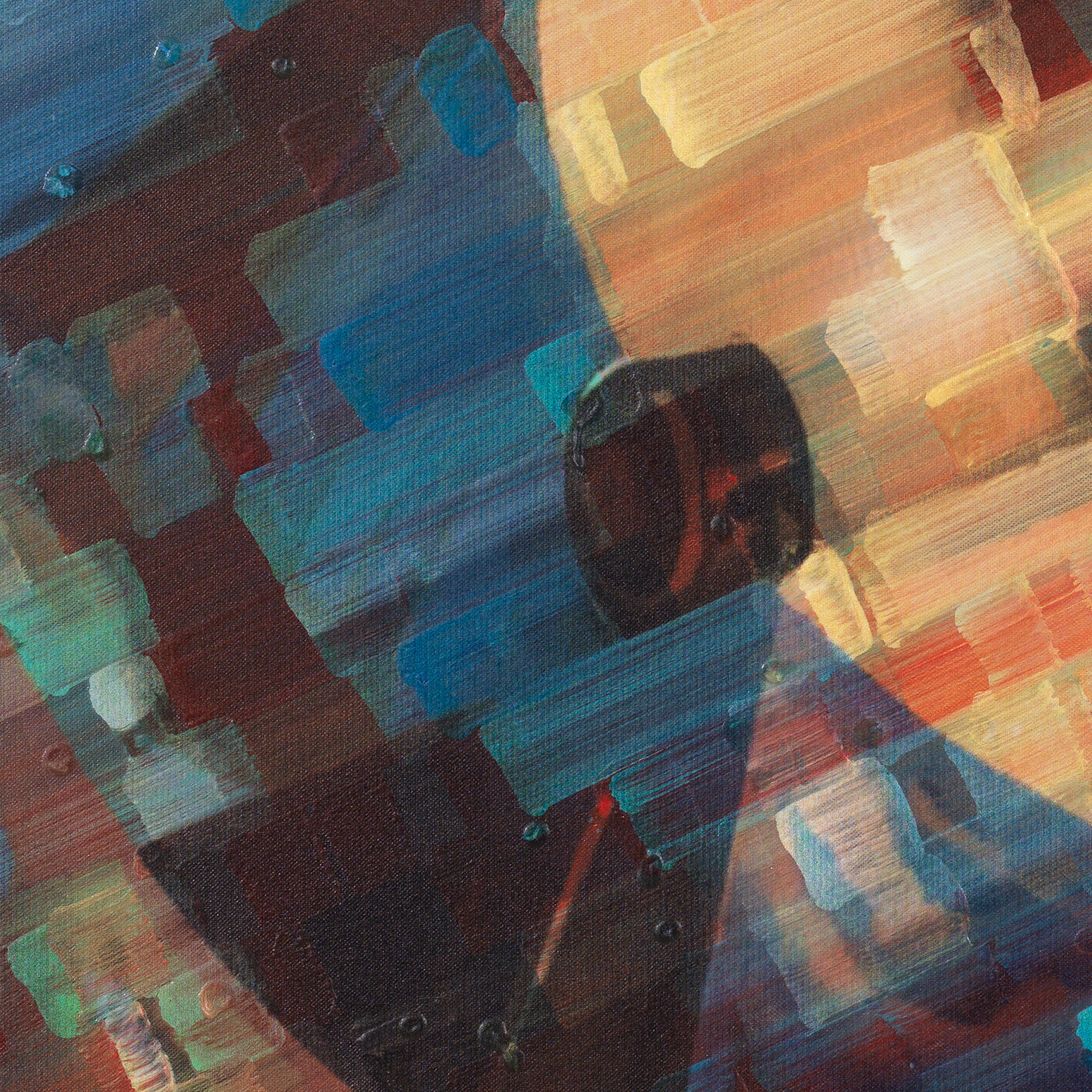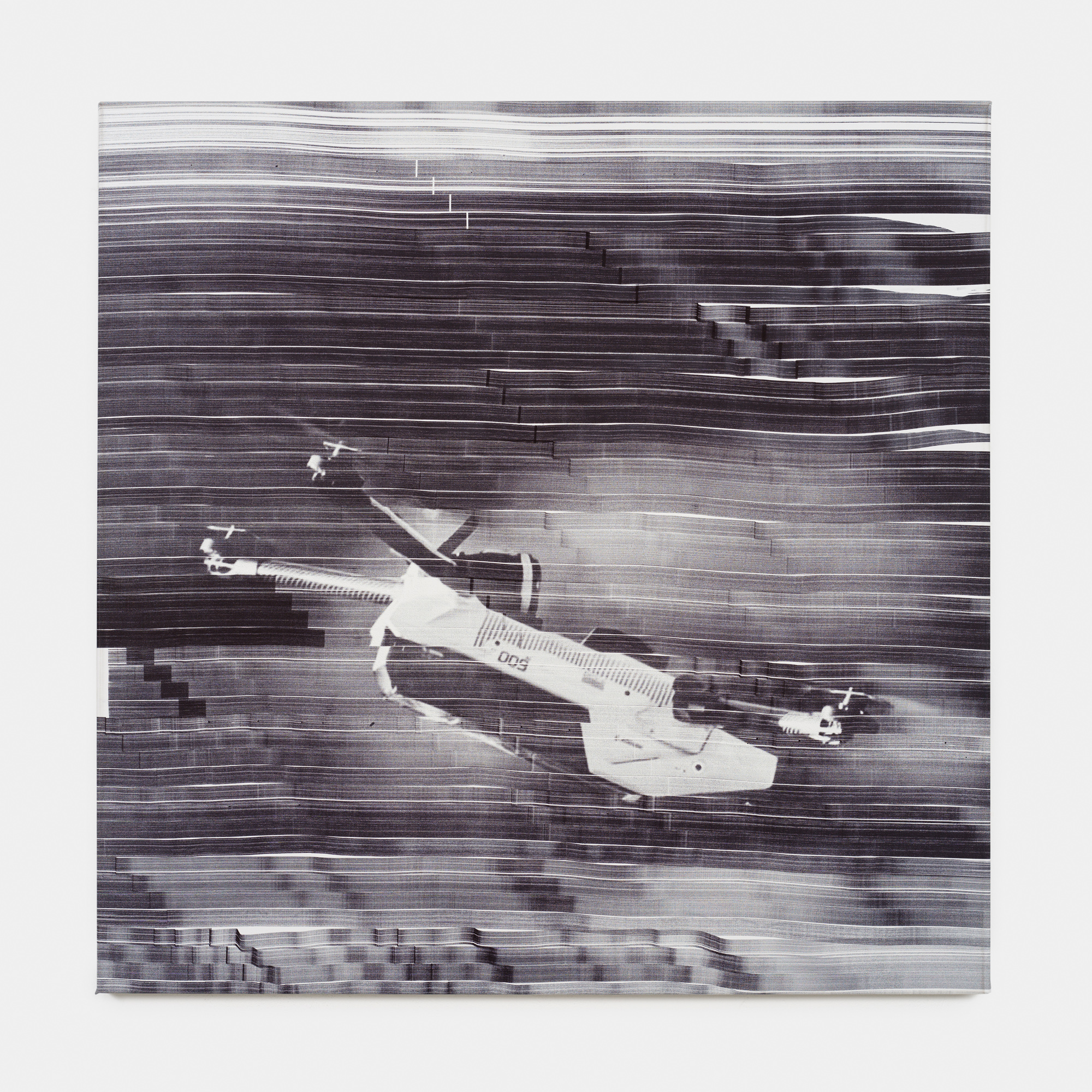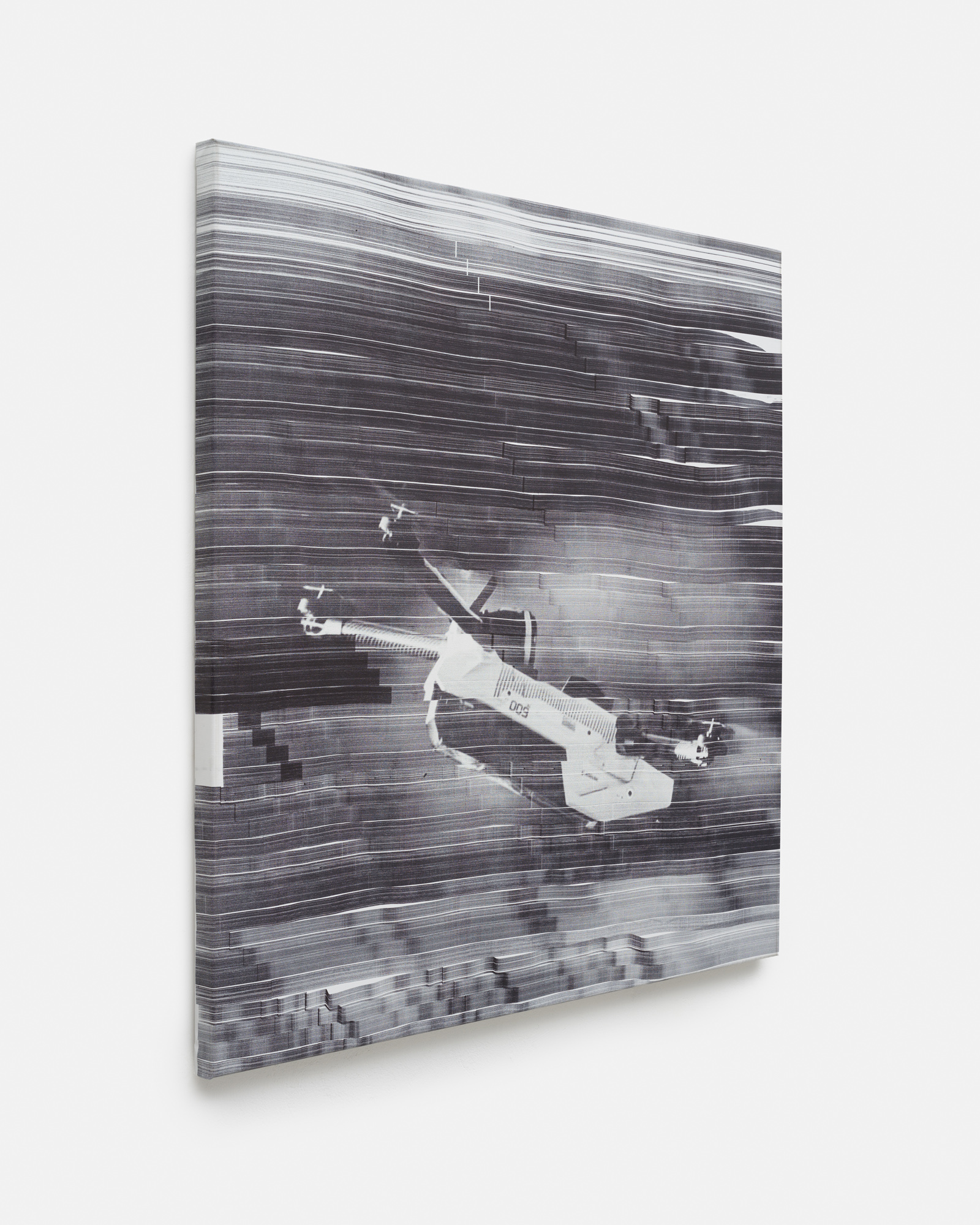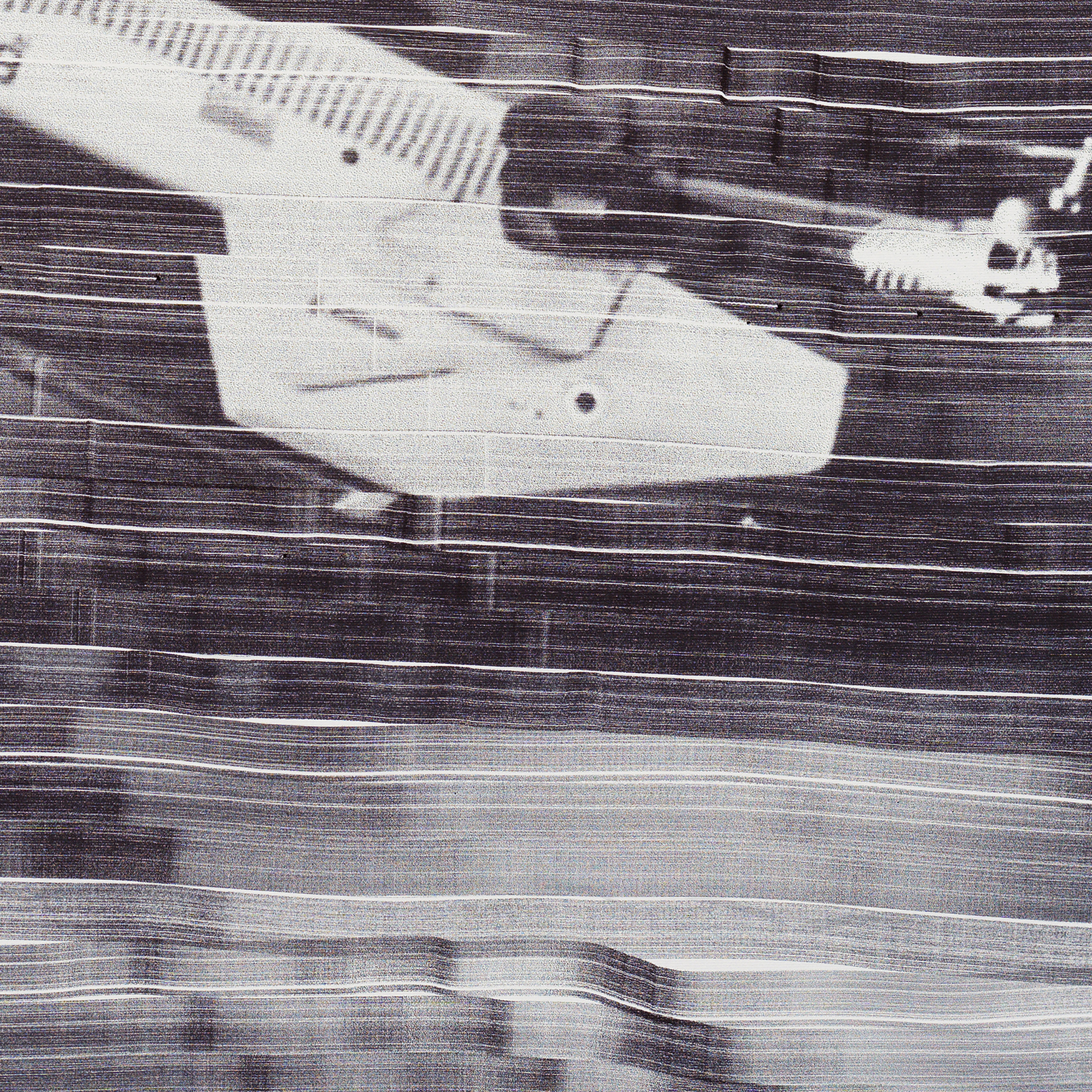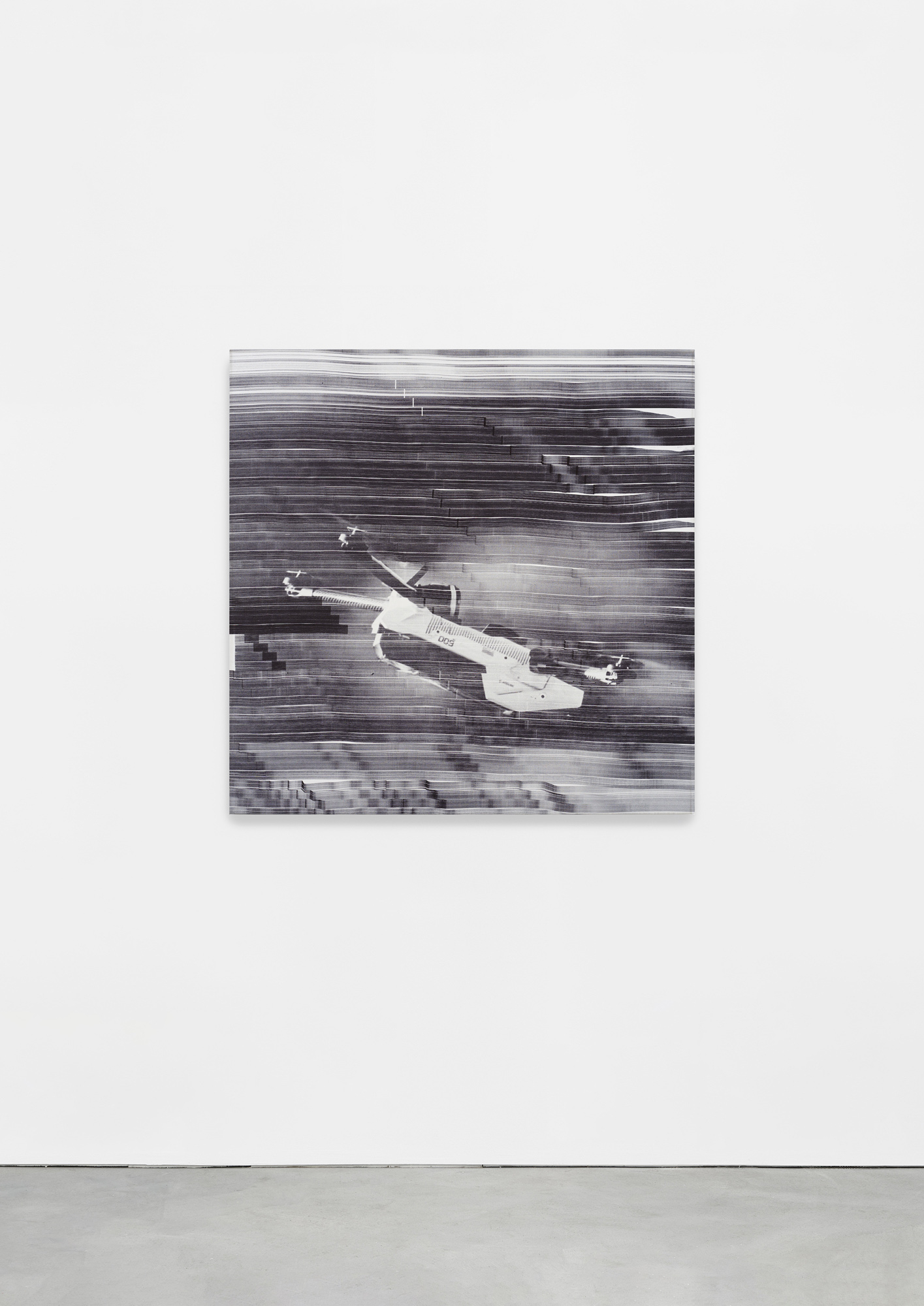Galerie nächst St. Stephan Rosemarie Schwarzwälder curated by Thomas Thiel
„Seeds“

www.schwarzwaelder.at
Curator(s):

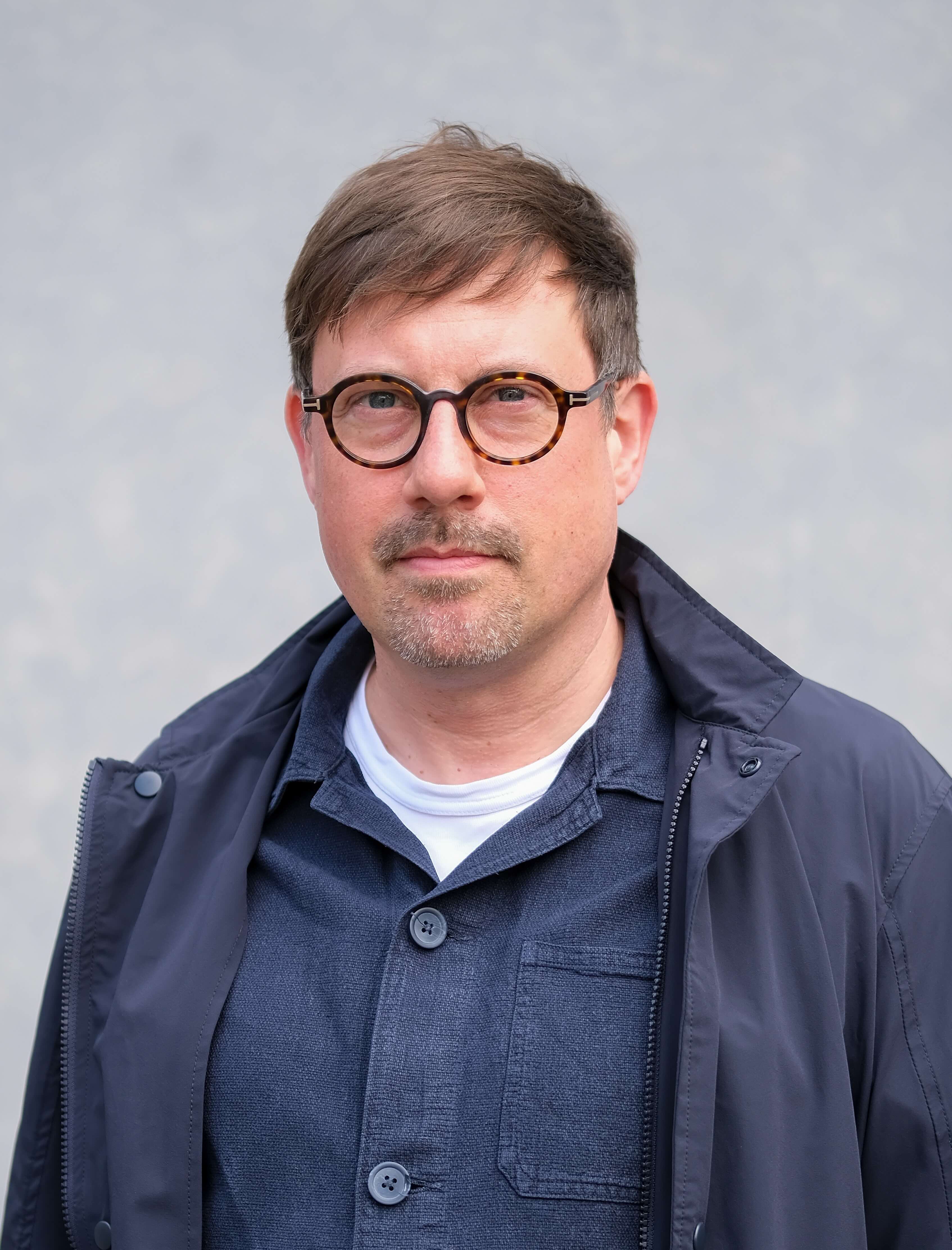
Artist(s):
-
Marianna Simnett MoreMarianna Simnett (born 1986 in London, UK) is a multidisciplinary artist living and working between Berlin and New York. Her immersive narratives centre around the overlapping and at times incongruous themes of vulnerability, autonomy, control, pain, metamorphosis, and care. Simnett’s work has been exhibited internationally in solo exhibitions at venues including Hamburger Bahnhof, Berlin (2024); LAS, Berlin (2023); Société, Berlin (2022); Institute of Modern Art, Brisbane (2019); Kunsthalle Zürich (2019); MMK, Museum für Moderne Kunst, Frankfurt (2018); The New Museum, New York (2018) and Zabludowicz Collection, London (2018). Selected group exhibitions include Chrysalis: The Butterfly Dream, Centre d’Art Contemporain Genève (2023); the 59th Venice Biennale: The Milk of Dreams (2022); Espressioni: The Epilogue, Castello di Rivoli, Turin (2022); and Prize of the Böttcherstraße, Kunsthalle Bremen (2022).
-
Christopher Kulendran Thomas More*1979, London, England; l. in London, England & Berlin, Germany Christopher Kulendran Thomas is an artist, of Tamil descent, who spent his formative years in London after his family left escalating ethnic oppression in Sri Lanka. Now working with advanced technologies across myriad disciplines, the artist’s studio is a fluid collaboration that brings together technologists, architects, writers, journalists, designers, musicians and activists from around the world. Solo exhibitions of Kulendran Thomas’ work have been held at FACT, Liverpool (2025); WIELS, Brussels (2024); Kunsthalle Zürich (2023), KW Institute for Contemporary Art, Berlin (2022); Institute of Contemporary Arts, London (2022); Schinkel Pavillon, Berlin (2019); Institute for Modern Art, Brisbane (2019); Spike Island, Bristol (2019); and Tensta konsthall, Stockholm (2017).
-
Katja Novitskova MoreKatja Novitskova (born 1984 in Tallinn, Estonia) lives and works in Amsterdam. Novitskova’s work focuses on the mapping of biological territories that are no longer outside but rather ‘inside’ biological bodies. The images that depict nature become models for future approximations of life and translations into more synthetic forms. She was artist in residence at the Rijksakademie van Beeldende Kunsten in Amsterdam from 2013 to 2014. Her work has been exhibited internationally in solo and group exhibitions including Kraupa-Tuskany Zeidler, Berlin (2025); Stedelijk Museum, Amsterdam (2024); 15th Gwangju Biennale (2024); Museum für Gegenwartskunst Siegen (2023, solo); Fries Museum, Leeuwarden (2023, solo); Stavanger Art Museum, Norway (2023); Marta Herford Museum, Herford (2022); MUDAM Luxembourg (2021); Belgrade Biennal (2021), Migros Museum für Gegenwartskunst, Zurich (2020); Sharjah Art Foundation (2020); Powerlong Museum, Shanghai (2019); Hamburger Bahnhof, Berlin (2019); the 14th Fellbach Trienniale (2019); Marta Herford Museum, Herford (2018); the Estonian Pavilion at the 57th Venice Biennale (2017, solo).
-
Simon Denny MoreSimon Denny (born 1982 in Auckland, New Zealand) lives and works in Berlin. He makes artworks that unpack stories about technology using a variety of media including painting, web-based media, installation, sculpture, print and video. He studied at the Elam School of Fine Arts, University of Auckland and at the Städelschule, Frankfurt am Main. He co-founded the artist mentoring program BPA//Berlin Program for Artists and serves as a Professor of Time-Based Media at The Hochschule für bildende Künste Hamburg. Denny represented New Zealand at the 56th Venice Biennale in 2015. Relevant solo exhibitions include Kraupa-Tuskany Zeidler at JW Mariott Hotel Berlin (2025); Petzel Gallery, New York (2024); Kunstverein Hannover (2023); K21– Kunstsammlung Nordrhein-Westfalen, Dusseldorf (2020); the Museum of Old and New Art, Tasmania (2019); Denny has curated exhibitions such as Proof of Stake at Kunstverein in Hamburg (2021) and Proof of Work at Schinkel Pavillon, Berlin (2018).
Exhibition text
More
As part of this year’s curated by gallery festival in Vienna, Galerie nächst St. Stephan Rosemarie Schwarzwälder presents at Domgasse 6 an exhibition curated by Thomas Thiel with works by Simon Denny, Katja Novitskova, Marianna Simnett, and Christopher Kulendran Thomas.
The exhibition Seeds brings together artists who are from a generation that explores the cultural resonance of artificial intelligence (AI) in their practice. The focus is on artistic strategies of incorporating AI models, data sets, and algorithmic methods to reduce randomness and hence reproduce results through the use of numerical codes called seeds. The works by Simon Denny, Katja Novitskova, Marianna Simnett, and Christopher Kulendran Thomas oscillate between myth, mutation, and machine learning. By referring to classical media like painting and sculpture, they demonstrate how gestures by humans and machines can be made to intersect, exclude each other, or merge together. The assembled works address subjectivity, which relates to this year’s theme of curated by, as something that is further differentiated through algorithmic filters, transcultural perspectives, and material transformations.
In Marianna Simnett’s video Blue Moon (2022), a female figure trapped in an artificial blue forest is constantly mutating. Her body expands and contracts into different poses. Simnett is referring here to the myth of Athena who, after inventing the flute, was startled by her reflection in the mirror showing her distorted face with puffed up cheeks. The video images are entirely generated by a special AI model that was trained on the artist’s images and her flute-playing.
Christopher Kulendran Thomas also explores issues of memory, history, and cultural authorship. The subjects of his small glass paintings were created by an artificial neural network that was trained on images from the art history of Sri Lanka, which is defined by colonialism. The smooth transitions between the bodies and the landscapes in his compositions can be interpreted as hybrid testimonies to the history of violence in Sri Lanka, which forced his Tamil family to leave the country. In Thomas’s works, he not only critically explores the colonial production of pictures; he also questions traditional notions of Western individualism with the help of images created by an algorithm, which he then painted on glass by hand.
In her new series of sculptures, Katja Novitskova continues her project of interweaving biological life and digital systems. She investigates how generative technologies and synthetic materials reshape our notions of what defines a living being. The forms, which shimmer in shades of blue and are made of polyurethane resin and minerals, become hybrid beings with biological as well as algorithmic features. These jelly-like structures are based on a process of AI image generation with 3D modeling interwoven with work in the artist’s studio. Novitskova’s “brooding” sculptures fluctuate between the memory of their biological origin and a vision of their future development.
Simon Denny’s two series of works reflect the US and German tech industry’s increasing focus on the military. The paintings presented here were produced with the help of especially refurbished tools, like CNC machines, reprogrammed plotters, and industrial inkjet printers. On the one hand, the purely black and white pictures that were created with a hand-held inkjet printer directly quote current advertising materials made by contemporary defense technology companies like Anduril, Palantir, and Helsing. On the other hand, Denny’s Aeropittura pictures, which were created with the help of AI models and paintings by the Futurists Giacomo Balla and Tullio Crali, refer to both a historical fascination with techno-utopian worldviews as well as their current topicality.
The exhibition Seeds is an exemplary presentation of the mechanisms and possibilities of artistic work with AI models. Despite their different narratives, all selected works strive not only to understand AI models as visual tools, but also to reflect on their deeper impact on our notions of nature, body, history, and identity.

